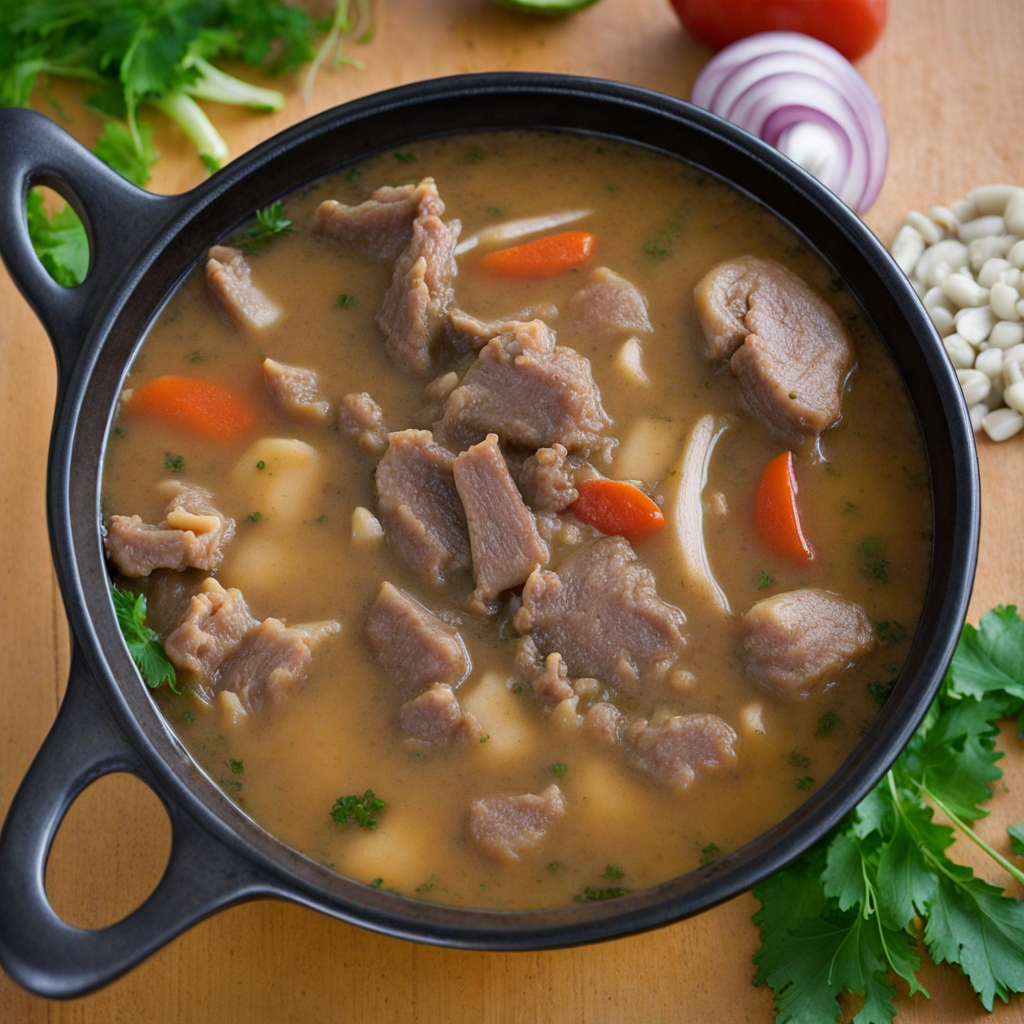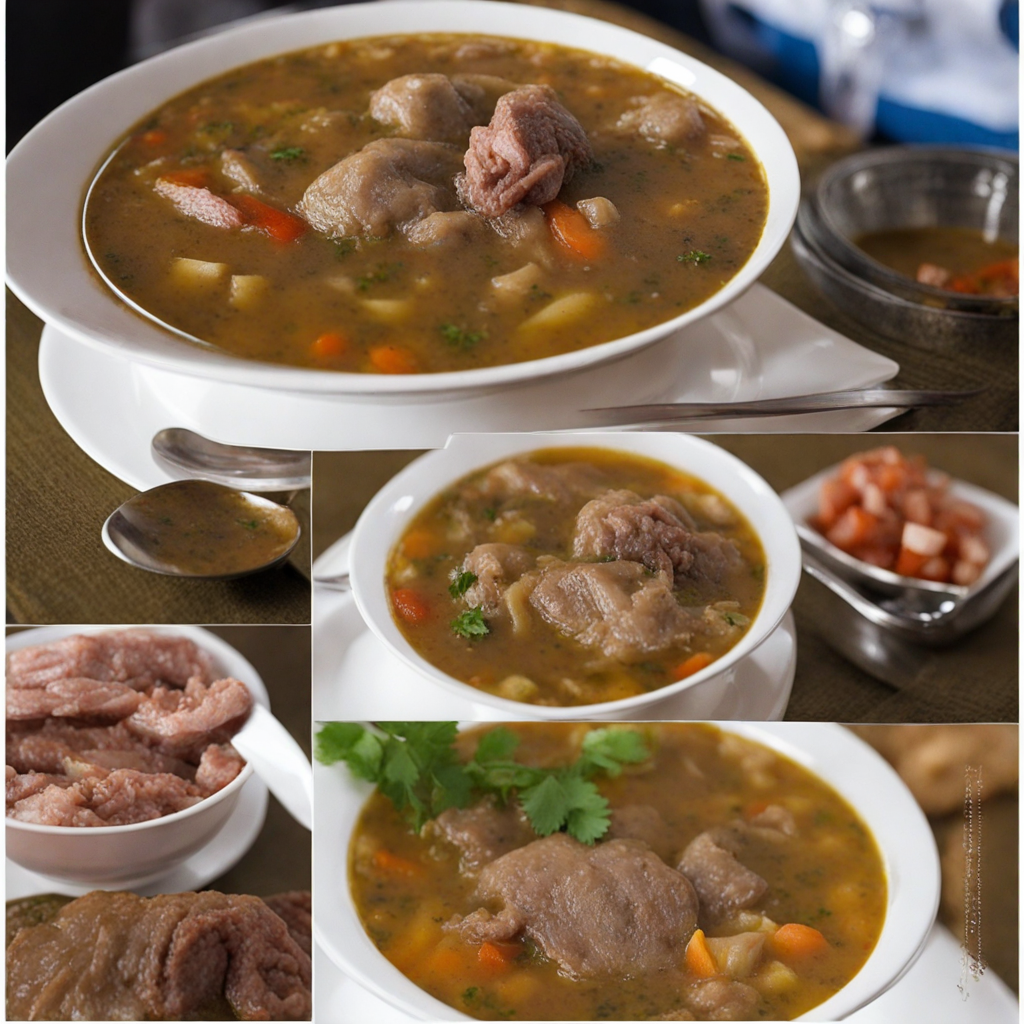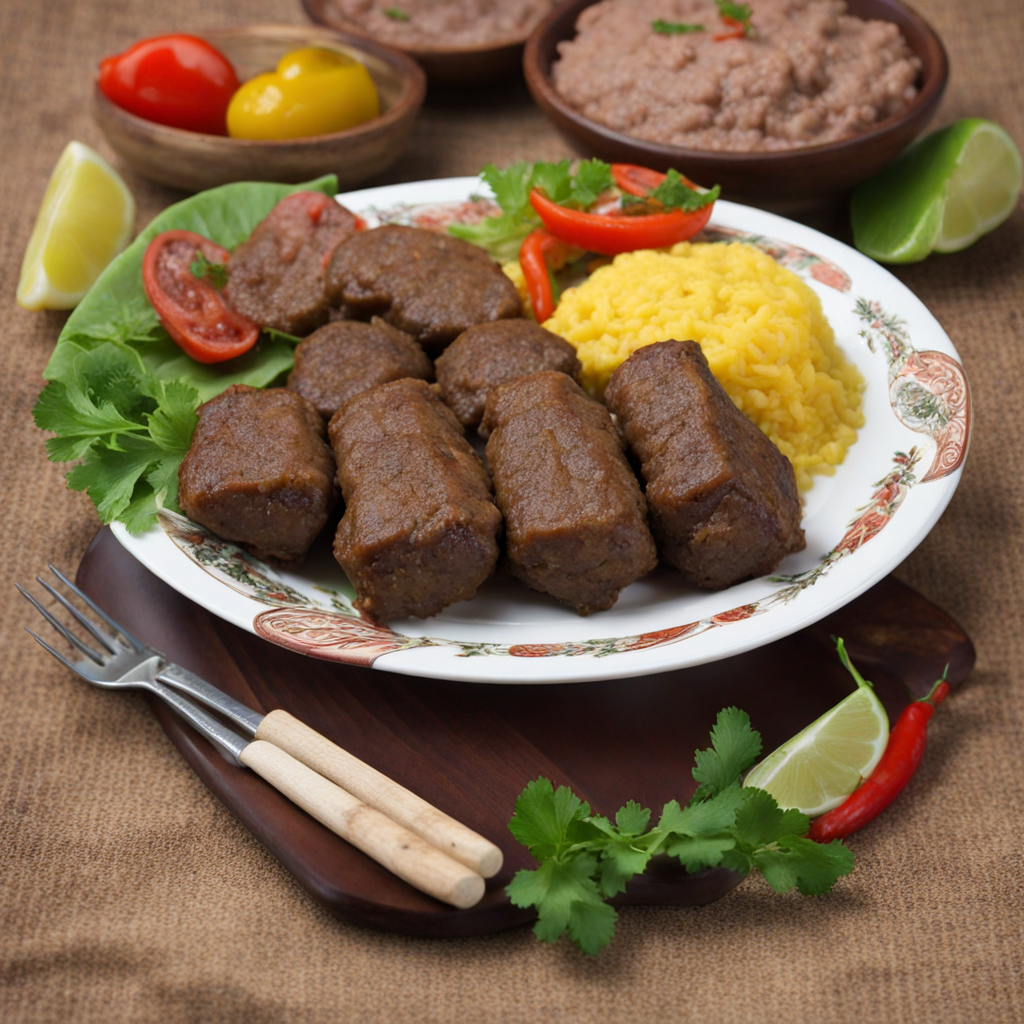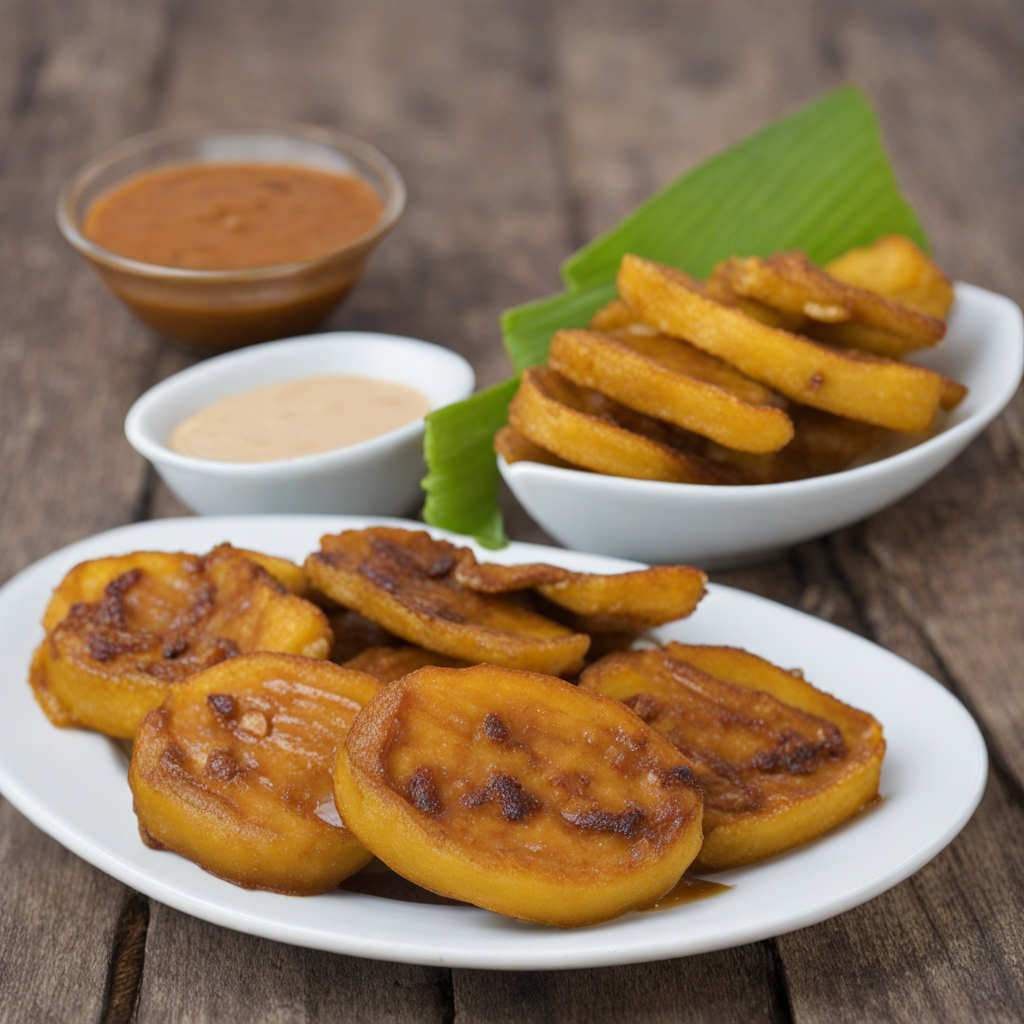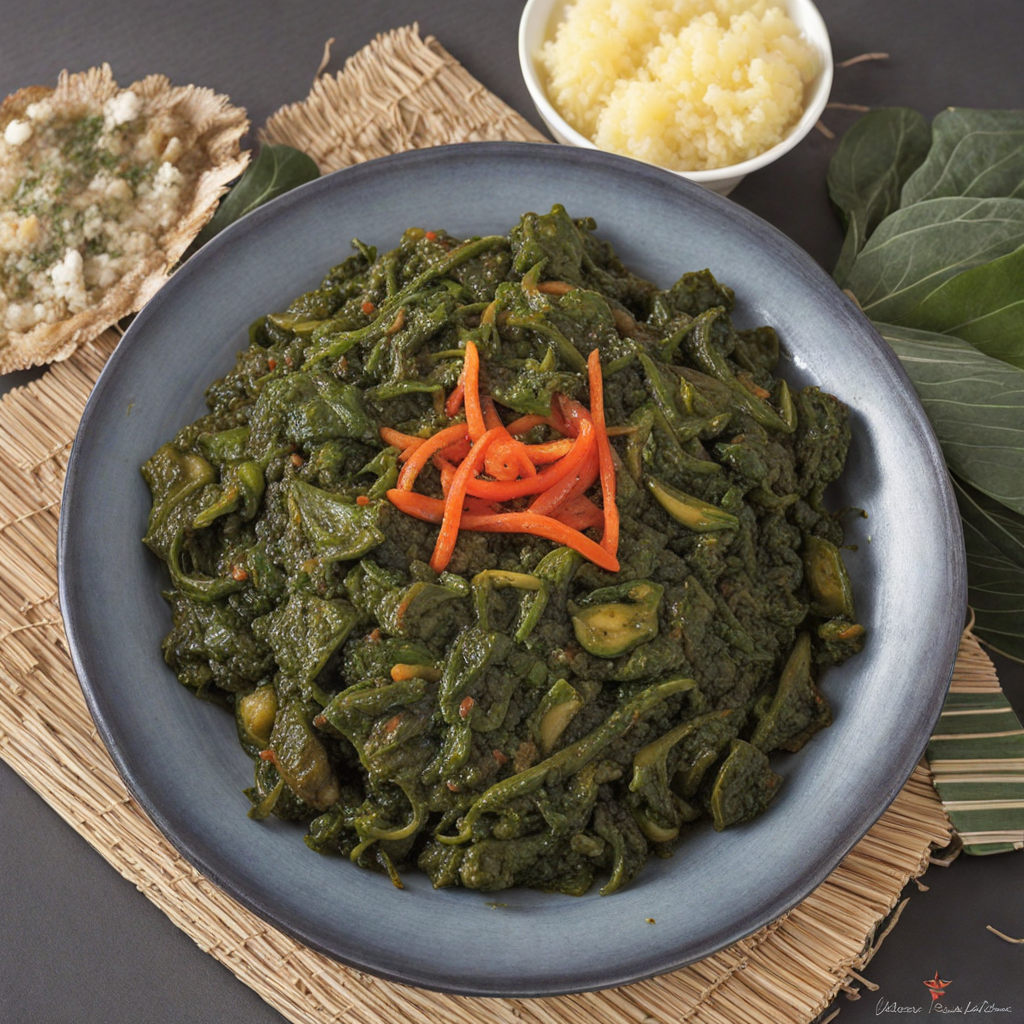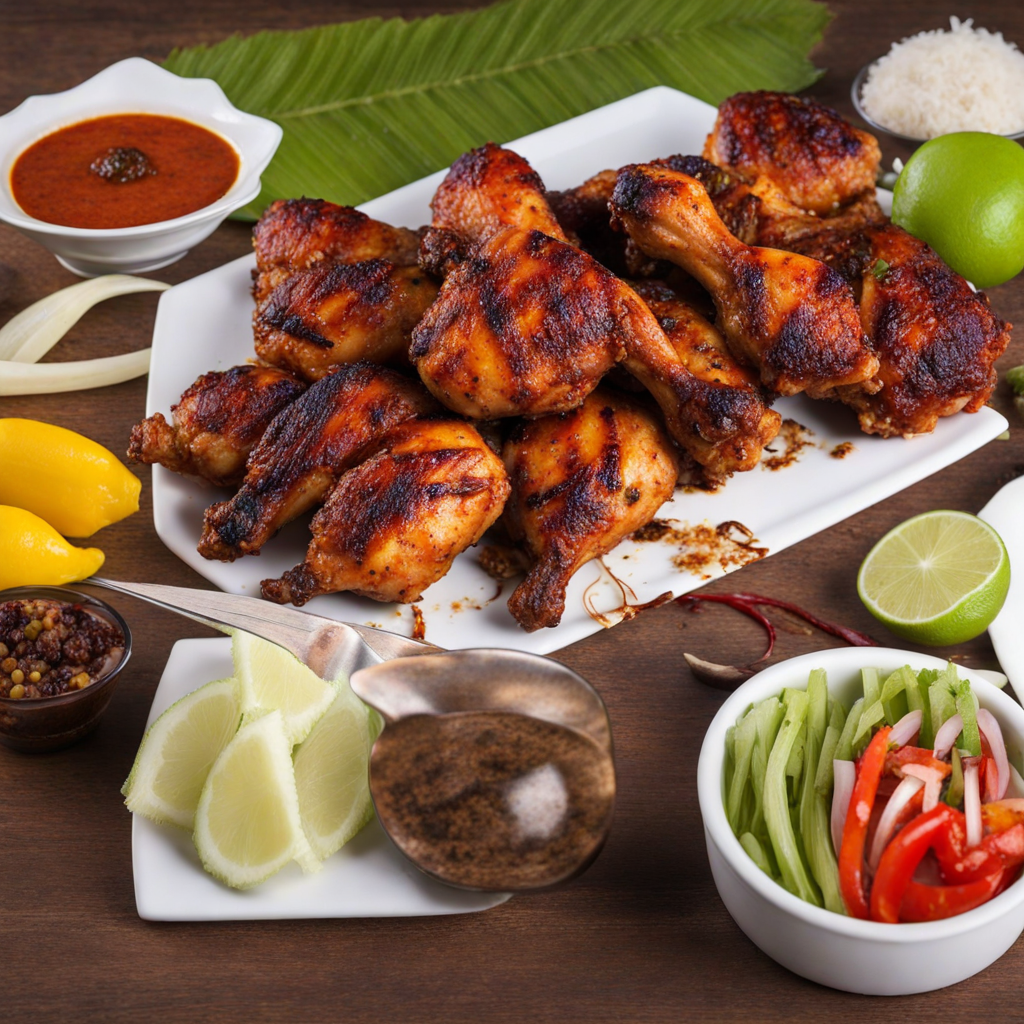Warrior Soup
Warrior Soup, a traditional dish from Suriname, is a vibrant and hearty concoction that reflects the rich cultural tapestry of the region. This soup is typically made with an array of fresh vegetables like pumpkin, cassava, and sweet potatoes, combined with tender pieces of meat, often chicken or beef. The ingredients are simmered together to create a thick, flavorful broth that is both nourishing and comforting, perfect for warming the soul. The use of local herbs and spices, such as cilantro and onions, adds depth and complexity to the flavor profile, making each spoonful a delightful experience. The preparation of Warrior Soup often involves a communal effort, bringing families and friends together to share in the cooking process. The vibrant colors of the vegetables, from the bright orange of the pumpkin to the earthy tones of the cassava, make for a visually appealing dish that is as pleasing to the eyes as it is to the palate. The soup is typically served with a side of rice or bread, allowing you to soak up every last drop of the delicious broth. Each bowl is a celebration of Surinamese culinary traditions, showcasing the importance of fresh, local ingredients and the joy of communal dining. As you delve into Warrior Soup, you'll discover a unique combination of flavors that reflect Suriname's diverse influences, from Indigenous to African and Asian. The balance of sweetness from the vegetables and the savory notes from the meat create a harmonious blend that is both satisfying and invigorating. This dish not only nourishes the body but also offers a taste of the rich heritage of Suriname, inviting you to explore the warmth and hospitality of its people through their food.
How It Became This Dish
The History of Krijgersoep: A Culinary Legacy of Suriname Origins and Ingredients Krijgersoep, often called "Warriors' Soup," is a hearty and nutritious dish that has become a beloved staple in Suriname, a small but culturally rich country located on the northeastern coast of South America. Suriname is known for its remarkable ethnic diversity, which includes Indigenous peoples, Afro-Surinamese, East Indian, Chinese, Lebanese, and Dutch influences. This blend of cultures is reflected in the nation’s culinary practices, with Krijgersoep standing out as a dish that embodies the spirit of resilience and community. The origins of Krijgersoep can be traced back to the indigenous peoples of Suriname, who used locally sourced ingredients to create nourishing and sustaining meals. Traditional elements often include cassava, plantains, and a variety of wild game or fish, reflecting the natural bounty of the land and the rivers that define the region. The name "Krijgersoep" suggests a connection to strength and vitality, hinting that the soup was originally designed to provide energy and sustenance for those engaged in physically demanding work or warfare. Cultural Significance Krijgersoep is more than just a dish; it represents a blend of cultural heritage and communal spirit. In Suriname, food plays a crucial role in social gatherings, celebrations, and family traditions. Krijgersoep is often prepared for significant events, including weddings, birthdays, and cultural festivals, serving as a symbol of unity among different ethnic groups. The soup is commonly made in large quantities, encouraging sharing and togetherness among family and friends. The dish can be seen as a metaphor for the Surinamese identity itself—a blend of various cultural influences that come together to create something unique and vibrant. For the Afro-Surinamese community, Krijgersoep holds particular significance, often being associated with the Maroon heritage. The Maroons are descendants of enslaved Africans who escaped plantations and established independent communities in the interior of Suriname. They adapted local ingredients and traditional cooking methods, which contributed to the evolution of Krijgersoep as a dish rich in flavor and history. Development Over Time As Suriname went through various historical phases, the preparation and ingredients of Krijgersoep evolved alongside the changing cultural landscape. The arrival of different ethnic groups, such as the East Indians in the late 19th century, introduced new spices and cooking techniques that influenced the soup's flavor profile. Ingredients like curry powder, lentils, and various spices have been incorporated into Krijgersoep, making it a dynamic dish that reflects the ongoing evolution of Surinamese cuisine. In modern times, Krijgersoep has gained popularity outside of Suriname, particularly in the Netherlands, where there is a significant Surinamese diaspora. As Surinamese immigrants brought their culinary traditions with them, Krijgersoep found its way into the hearts and kitchens of many. Restaurants and food stalls specializing in Surinamese cuisine began to emerge, often featuring Krijgersoep as a highlight on their menus. The dish not only serves as a reminder of home for expatriates but also introduces a wider audience to the rich flavors and cultural stories of Suriname. The Making of Krijgersoep The preparation of Krijgersoep is often a communal activity, with family members gathering to contribute to the cooking process. Traditional recipes vary, but the essential components typically include a base of meat (often chicken, beef, or fish), a variety of vegetables such as carrots, potatoes, and okra, and a combination of spices that may include garlic, onions, and hot peppers. Some versions also incorporate coconut milk, imparting a creamy texture and rich flavor. The soup is typically served with a side of rice, bread, or dumplings, making it a fulfilling meal that is both comforting and energizing. As a dish that can be easily adapted to suit different tastes and dietary preferences, Krijgersoep has found its way into vegetarian and vegan variations, showcasing the dish's versatility. Contemporary Relevance In contemporary Suriname, Krijgersoep remains a symbol of cultural pride and resilience. It is not only a representation of the country’s culinary diversity but also a reminder of the struggles and triumphs of its people. As Suriname faces challenges associated with globalization and modernization, traditional dishes like Krijgersoep serve as a way to maintain cultural heritage and foster community ties. The soup is also gaining recognition in culinary circles beyond Suriname, with chefs and food enthusiasts exploring its historical context and flavor profile. Food festivals and cultural events often feature Krijgersoep as a way to celebrate Surinamese heritage and educate others about its significance. In this way, the dish continues to evolve, adapting to new contexts while remaining rooted in its historical and cultural origins. Conclusion Krijgersoep is more than just a meal; it is a rich tapestry woven from the threads of Suriname's diverse cultural heritage. Its origins reflect the resourcefulness of indigenous peoples, while its evolution showcases the dynamic interplay of various cultural influences. As a dish that embodies the spirit of community, resilience, and adaptability, Krijgersoep is a testament to the enduring legacy of Suriname's culinary traditions. As the world becomes increasingly interconnected, the story of Krijgersoep serves as an important reminder of the value of food in fostering understanding and appreciation of cultural diversity. Whether enjoyed at a family gathering, a festive celebration, or in a restaurant setting, Krijgersoep continues to nourish not just the body, but also the soul, connecting generations and communities through the timeless act of sharing a meal.
You may like
Discover local flavors from Suriname


